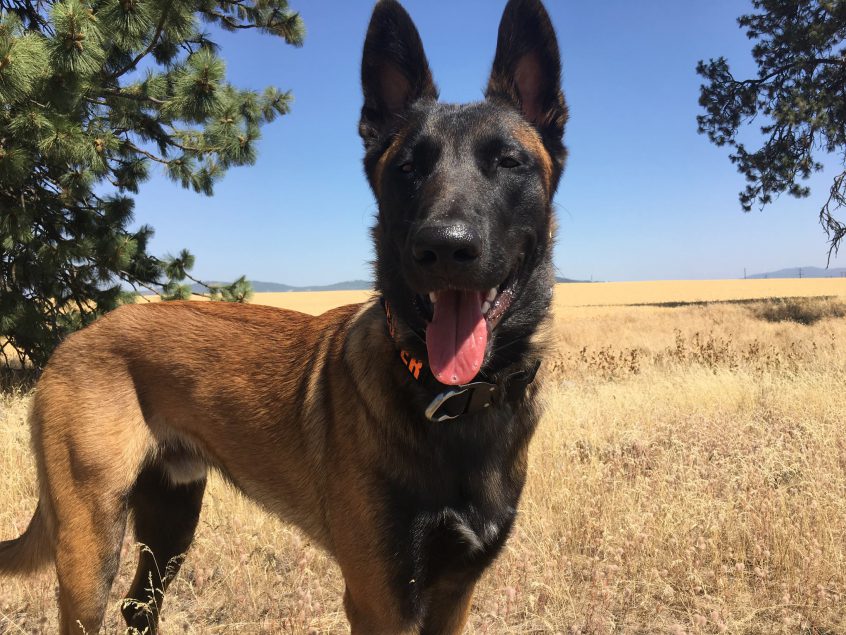Featured Image is Jester, an Inland Empire Raw fed dog who recently completed the AKC CAT and Fast CAT qualifications.
Teaching Children about Dog Owner Etiquette
Article Courtesy of K-9 Kraving
One of the most common reasons dogs get sent to shelters or put down is because they growl, bark, or bite at children. This is not always the fault of the dog. In fact, most of the time the reaction is a direct result of not teaching children about dog owner etiquette. By teaching your child how to interact with dogs, you can avoid negative tension and aggression in your household that may cause you to rehome your furry friend. Here are some tips for teaching your children about dog owner etiquette.
Assign Appropriate Dog Care Responsibilities to Your Child
Getting your children to help with pet care is a great way to teach them responsibility. With that in mind, it’s important to understand which responsibilities your child can logically handle. For example, if your child is going to feed your dog, make sure he or she knows the right amount to feed the dog so he receive the appropriate nutrition (without overfeeding). If you are going to trust your child to walk the dog, make sure he or she is old enough to control the dog on a leash. Do not put your child in charge of something that he or she is not ready to handle as that can easily lead to a bad relationship between the child and the dog.
Teach Your Child That Your Dog Is NOT a Toy
Children often try to play with dogs the same way they play with their toys. This can lead to rough behavior that your dog may not respond well to. This all depends on the temperament of the dog and how much he or she is willing to tolerate. Some examples of potentially inappropriate behavior include:
- Pulling on the dog’s ears
- Pulling the dog by the tail
- Hitting the dog
- Teasing the dog with food or toys (beyond a playful manner)
- Wrestling with the dog aggressively
- Sticking fingers in the dog’s eyes or ears Yelling loudly at the dog
Any time you notice that your child is not treating your dog correctly, discipline him or her to avoid bad situations from happening in the future.
Do Not Let Your Child Scold or Punish Your Dog
Dogs do not respond to discipline from everyone. They will back down to a person they believe to be an alpha (pack leader), but punishment from anyone else will come across as aggression. If your child tries to scold or punish your dog, the dog may react by growling or biting at your child. This is because he does not see the child as a person of authority. Tell your child to notify you if the dog does something wrong so you can discipline him or her accordingly.
Make Sure Your Child Is Ready for a Dog
If you are thinking about adding a dog to your family, you need to make sure that this is the right move for everyone involved. Is your child old enough to handle the responsibility of a dog? Are you free enough to train and discipline the dog to work well with your children? If you’re getting a puppy, will you have time to potty train him or her? These are all questions that you need to think about before bringing a dog into the family. If you think this is a good fit for you, you can start the process of finding a new companion for you and your children.

